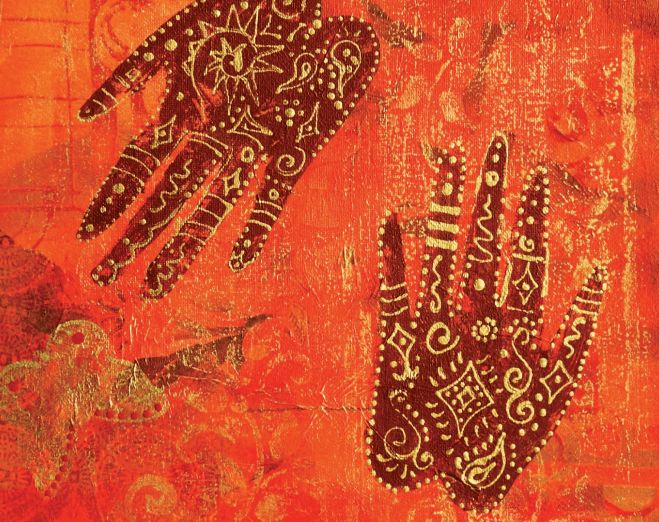The story and applications of henna span thousands of years, intertwined with rituals of love, fertility, luck, and jubilation. Utilizing the leaves of the henna plant, which are dried, pulverized into powder, and blended with a mildly acidic liquid, people can create exquisite, temporary body art that is both safe and captivating.
The History and Uses of henna

Henna paste has the remarkable ability to impart a reddish-orange to dark brown hue, reminiscent of how a wet teabag can stain white fabric, allowing it to embellish the skin, fingernails, and even hair.
The henna plant, scientifically known as Lawsonia inermis, thrives in frost-free, semi-arid climates, growing into a small tree. The origins and traditions associated with henna art are diverse and lack a singular source, just as there is no single discovery of henna. However, the utilization of henna worldwide can generally be categorized into three main areas: hair coloring, folk medicine, and skin adornment.
These applications revolve around the presence of a natural red-orange dye molecule found in henna leaves called lawsone. This molecule possesses two valuable attributes for human use. Firstly, lawsone readily imparts coloration to keratin, the protein abundant in hair and nails. Secondly, it exhibits anti-fungal properties, adding to its practical appeal.



Pingback: The Evolution of henna - Mehndi Designs